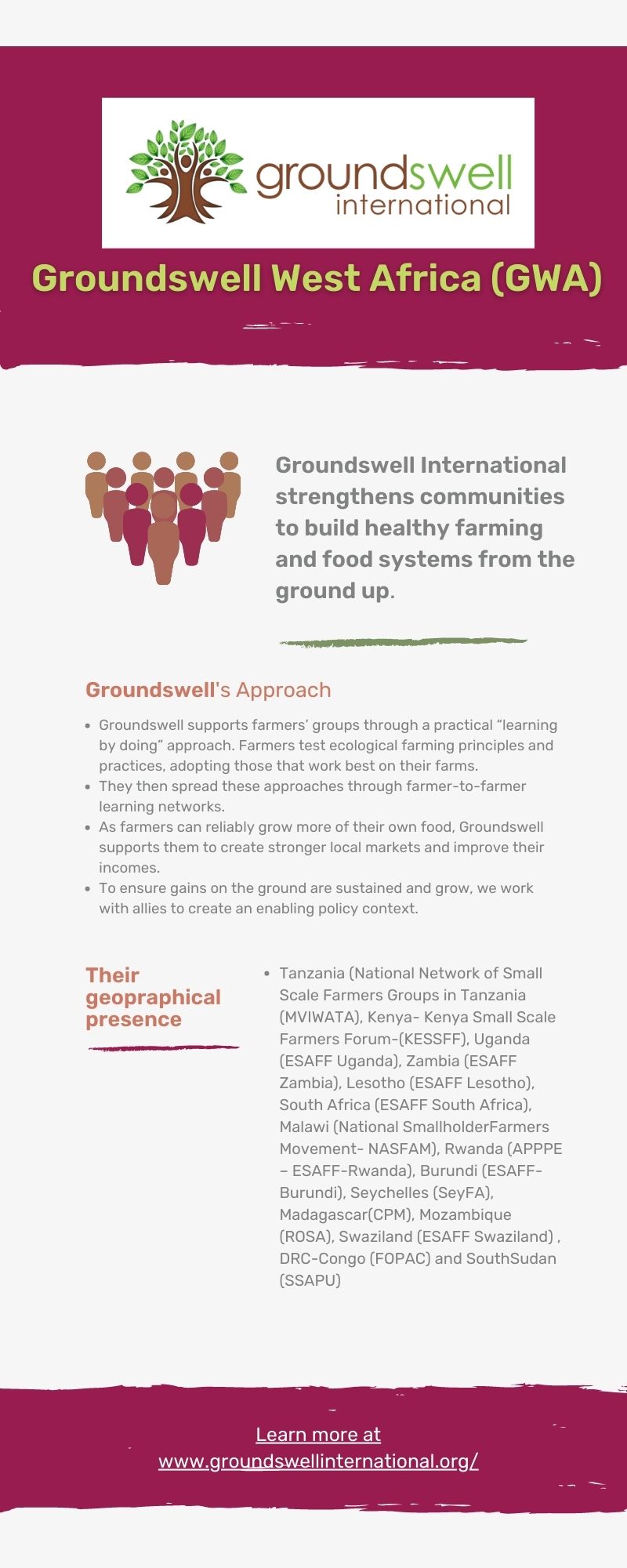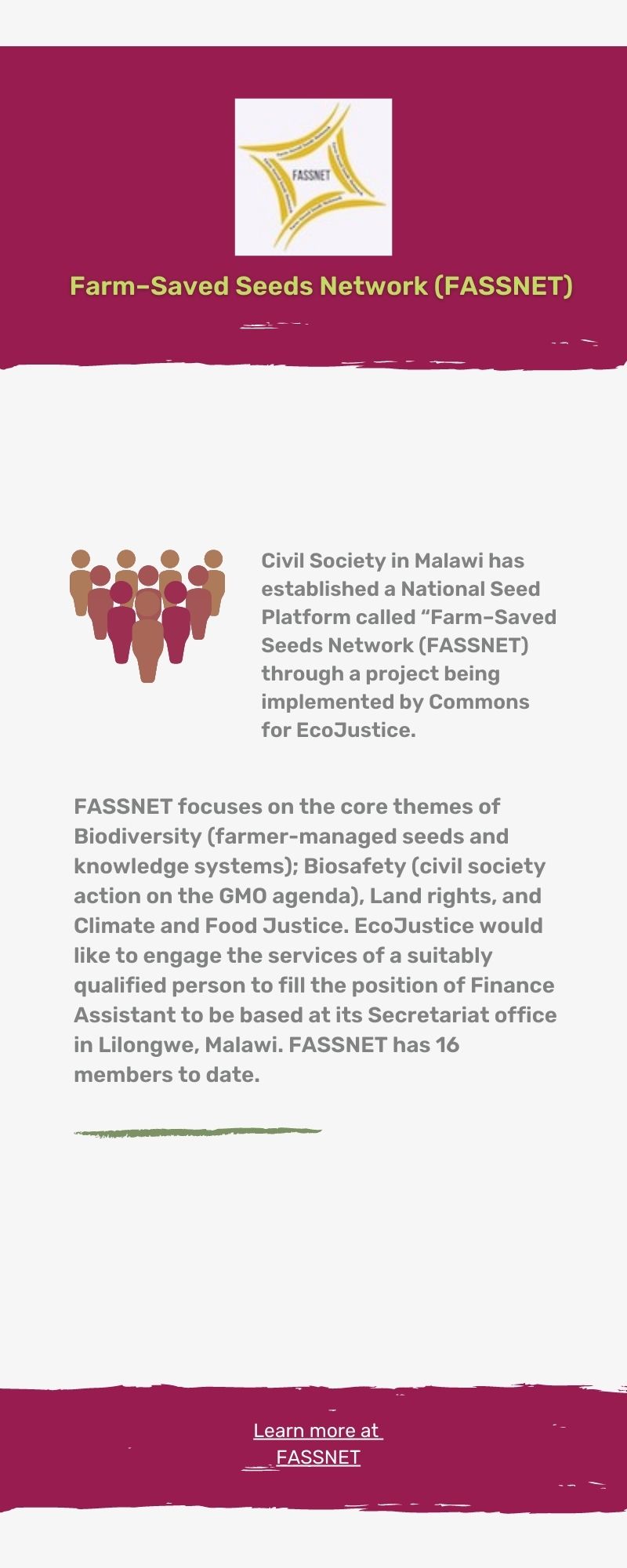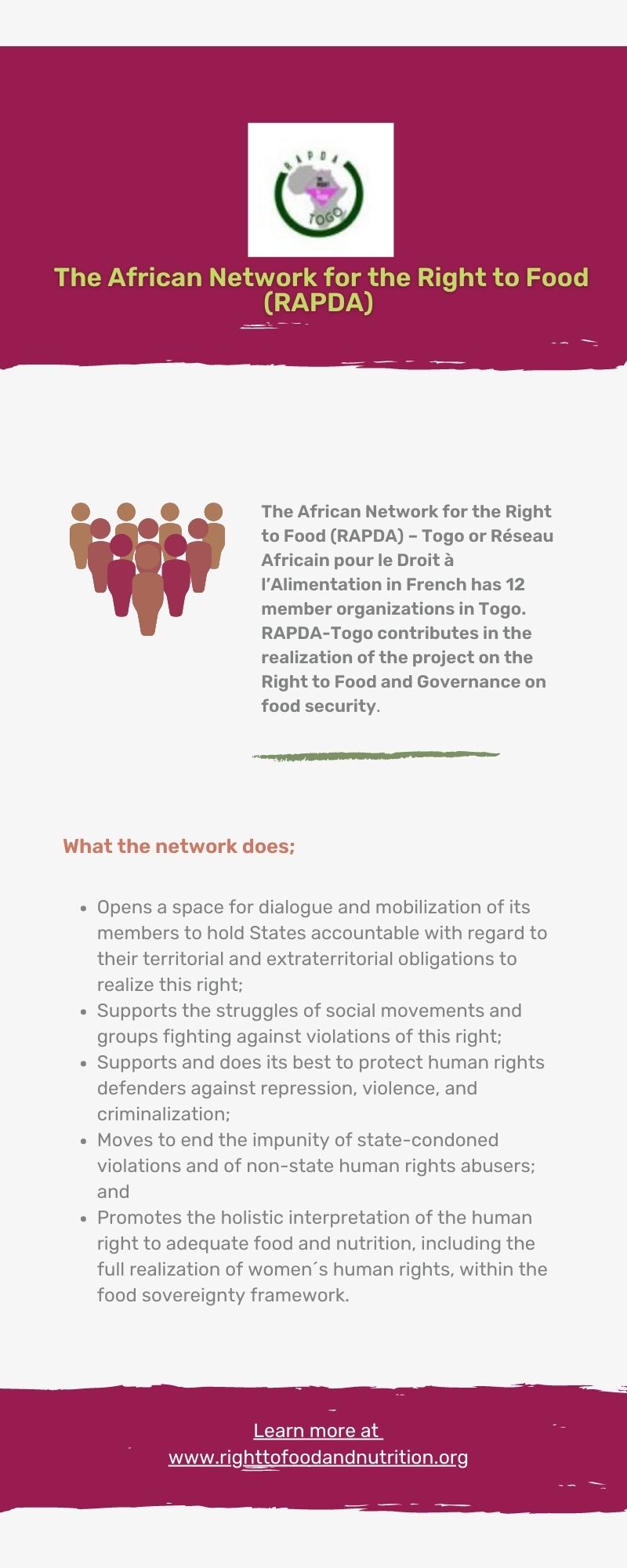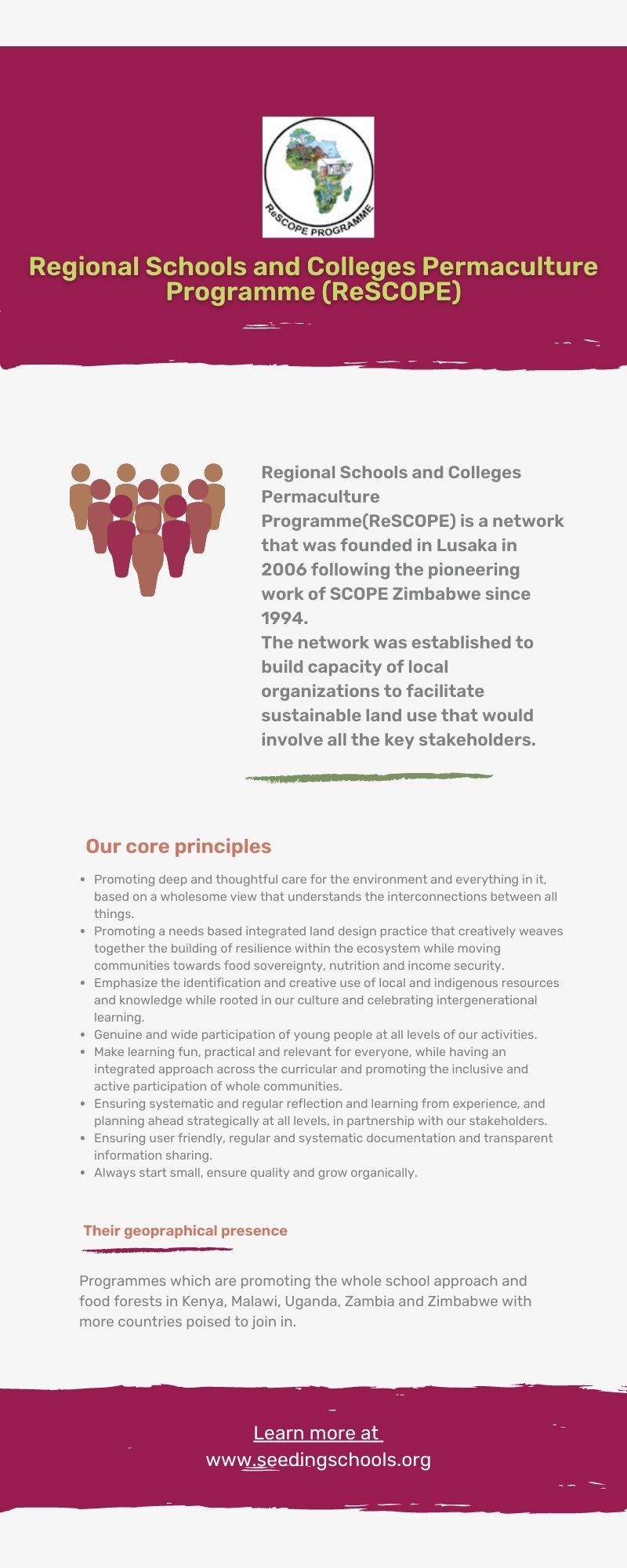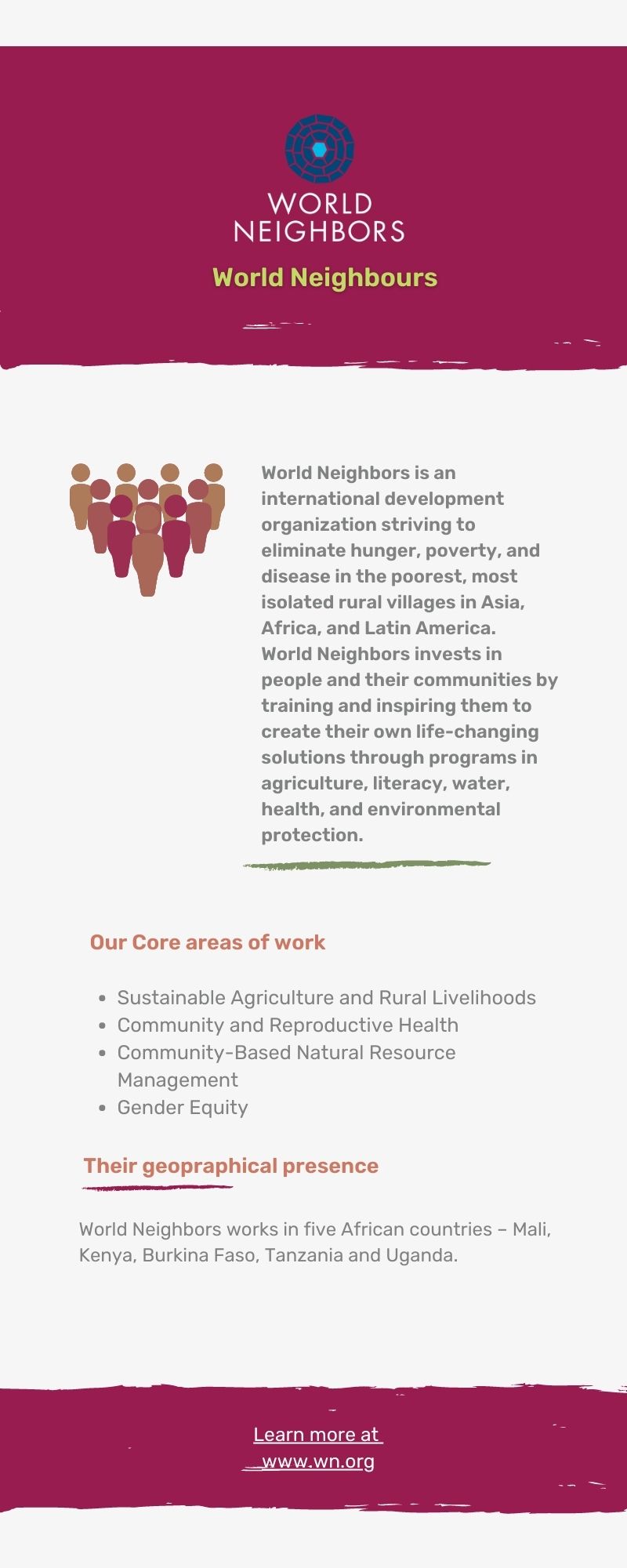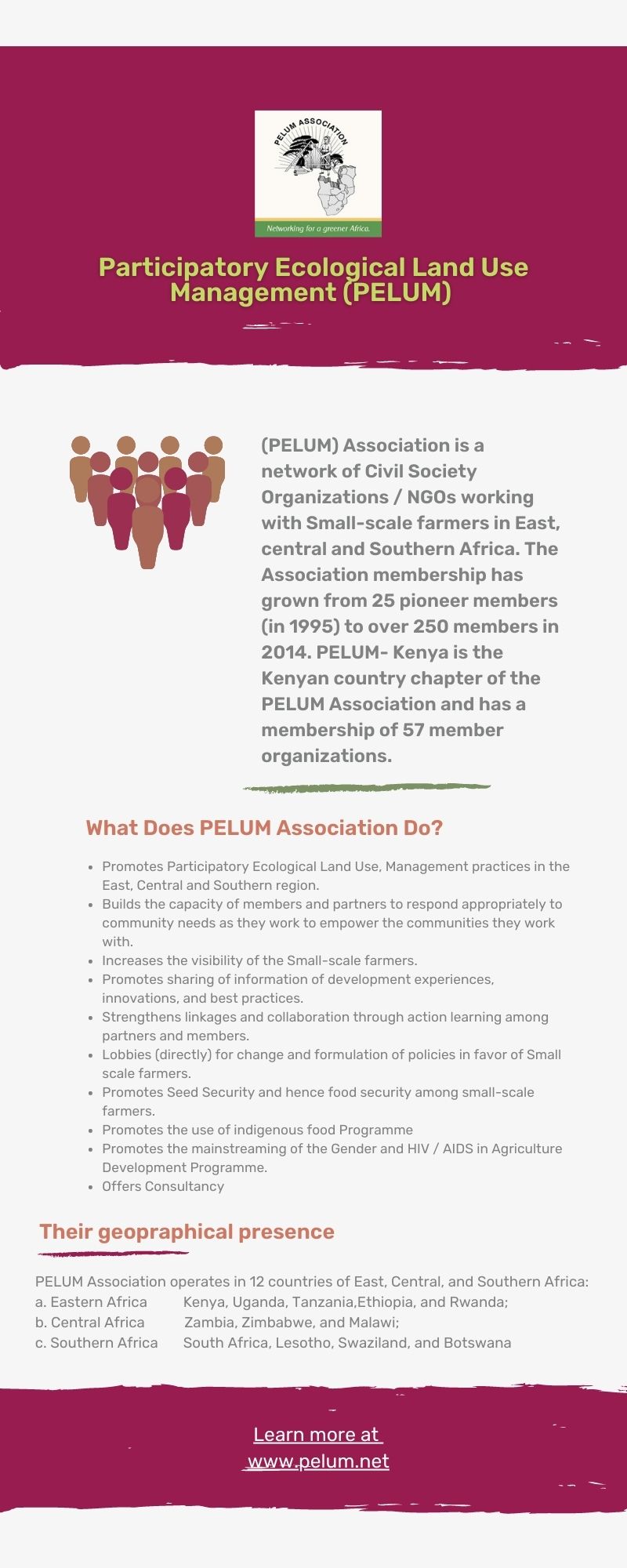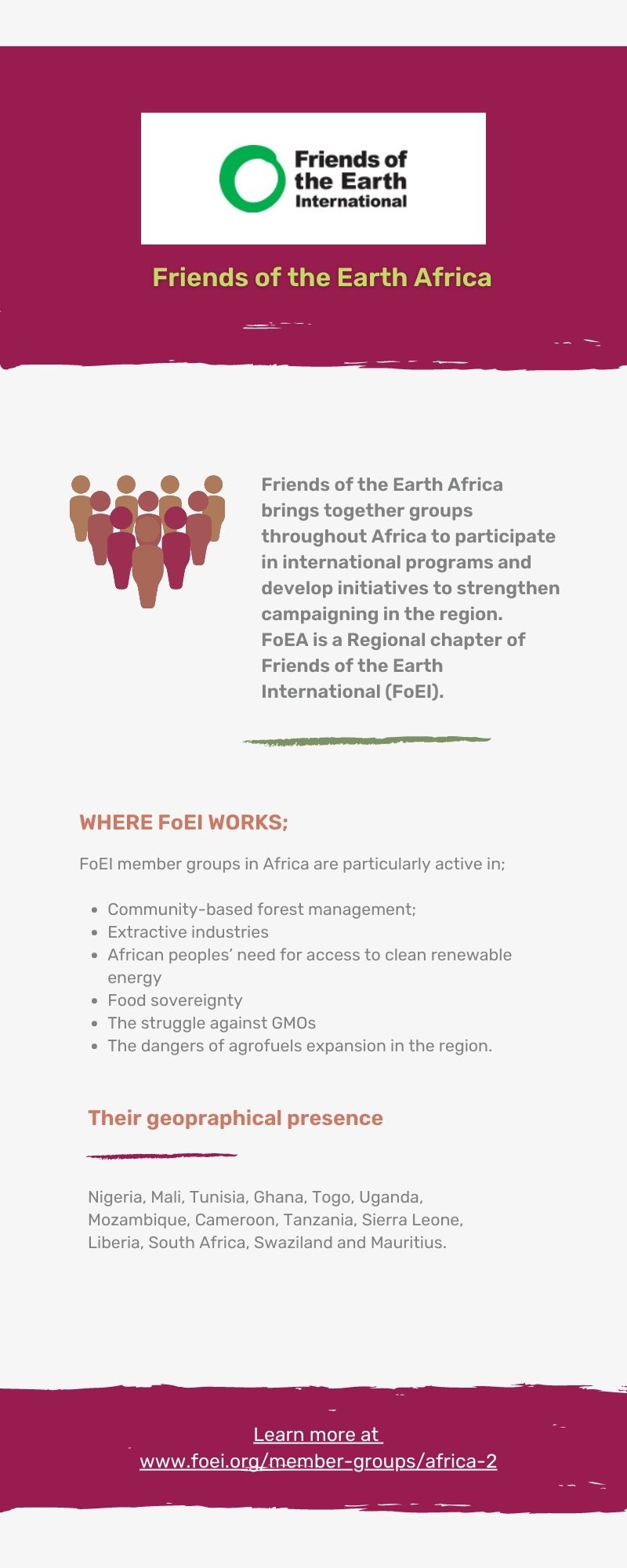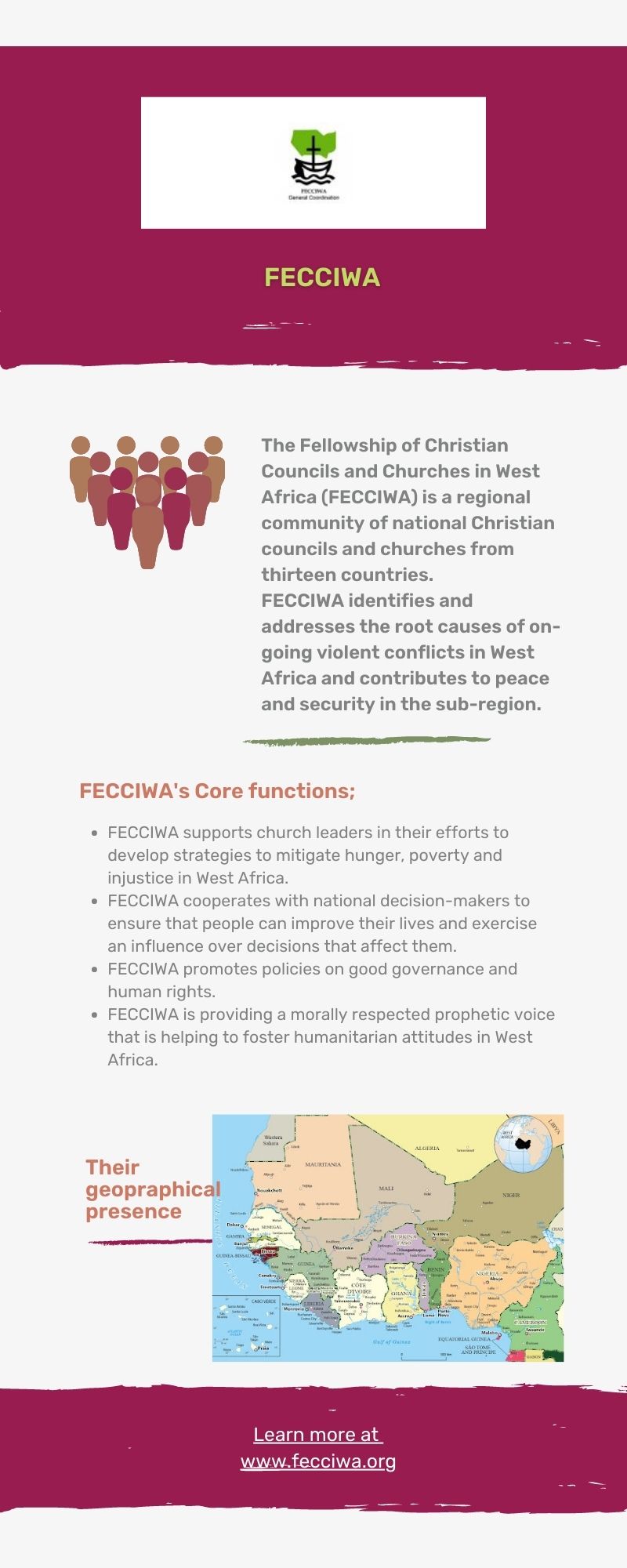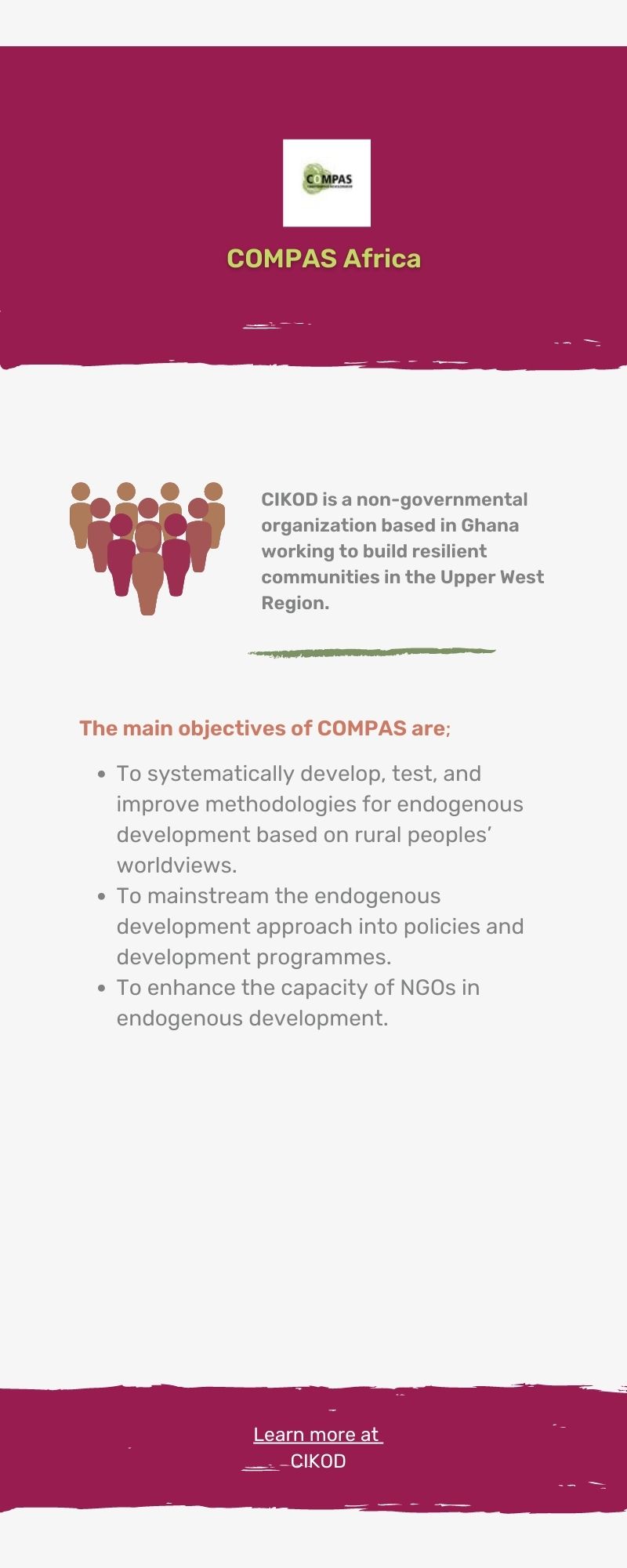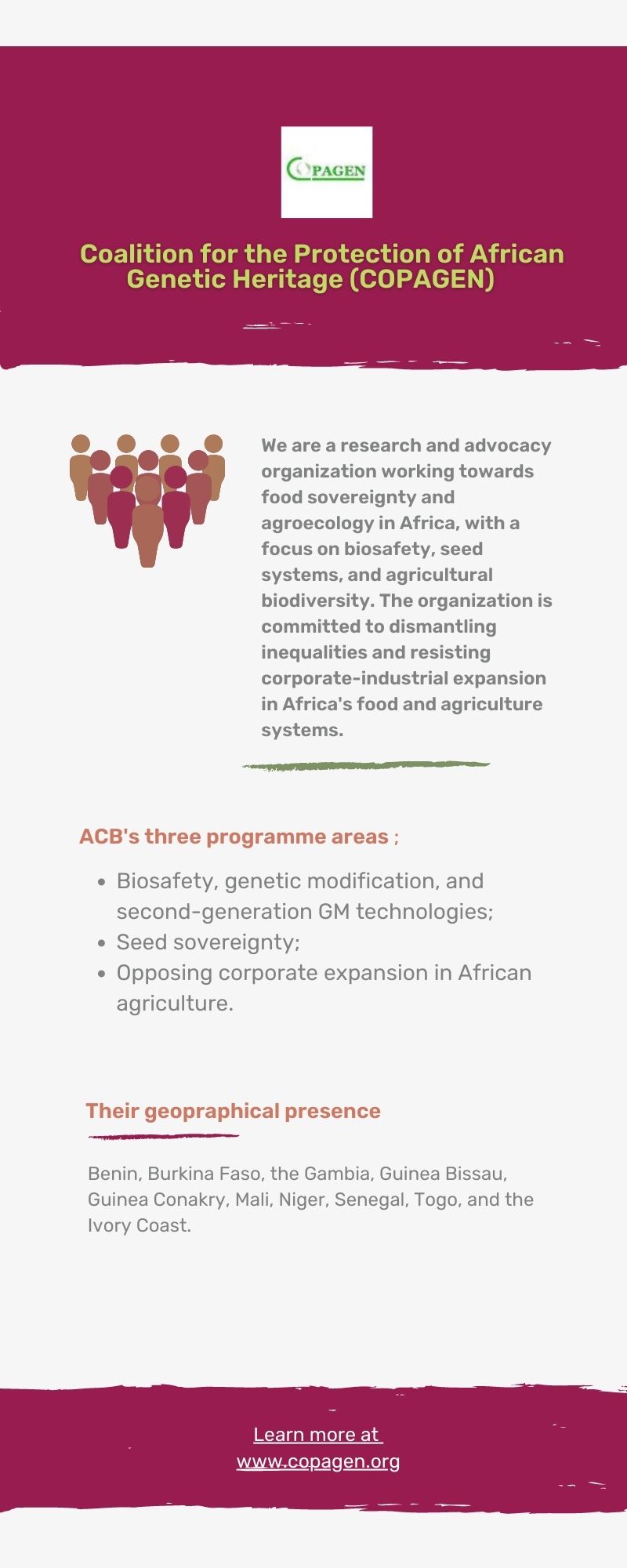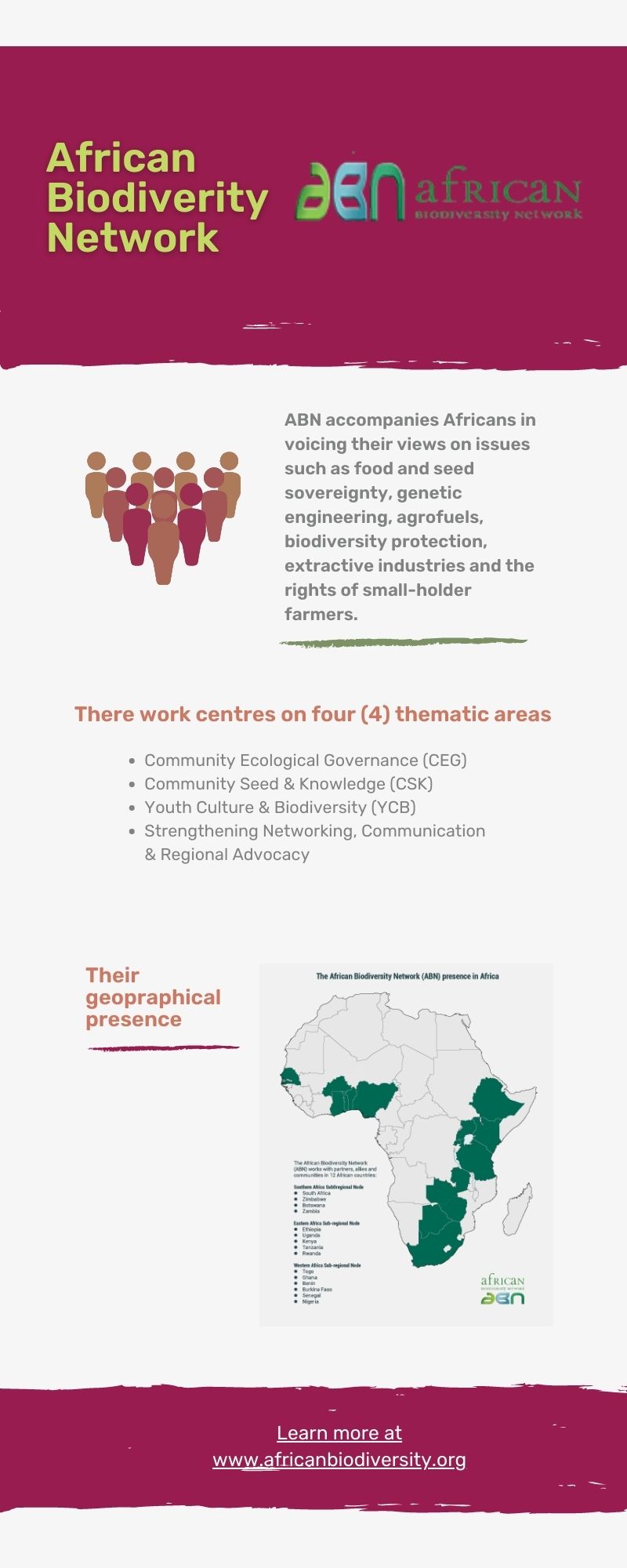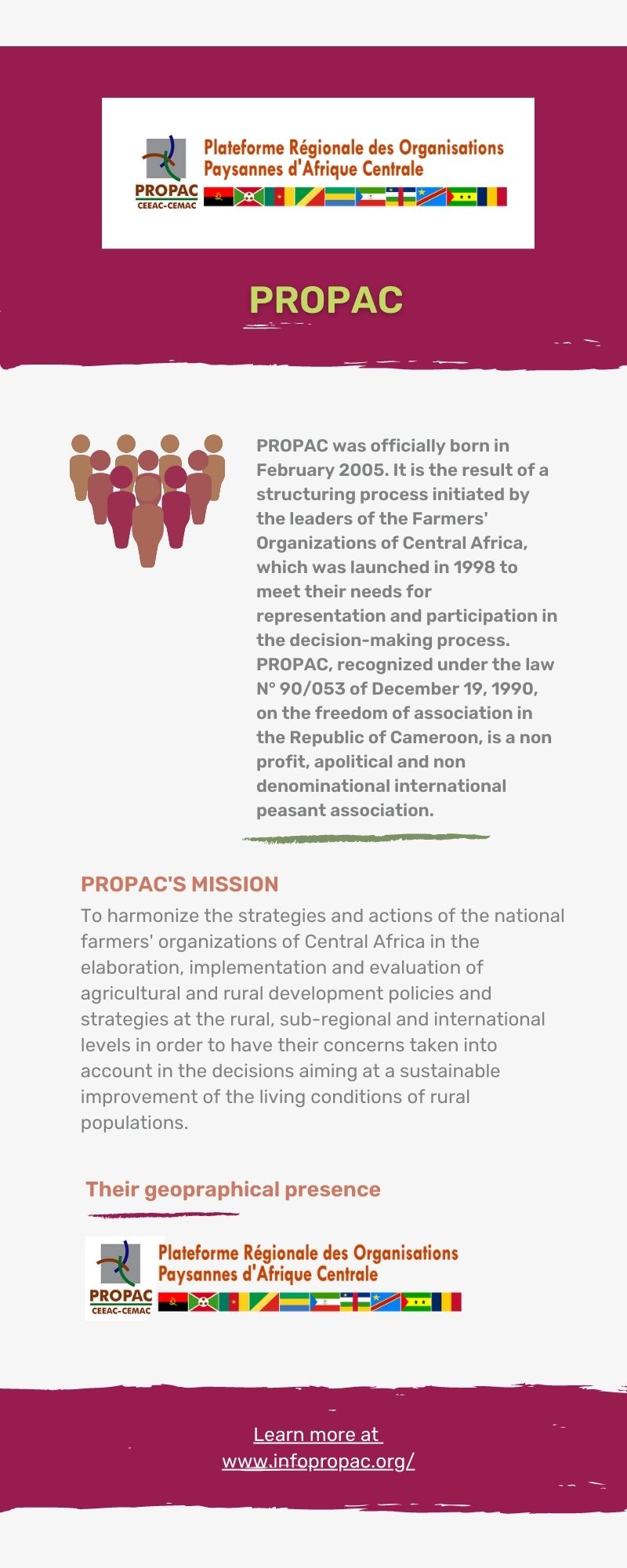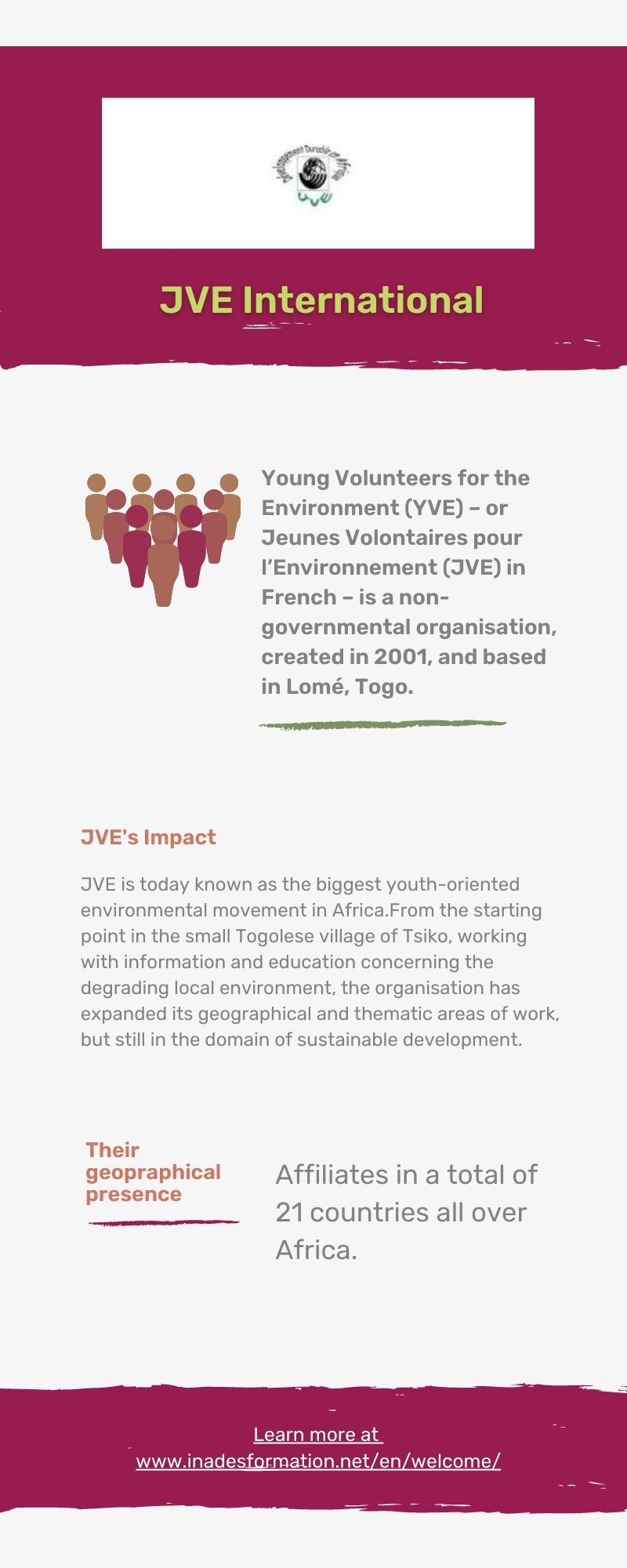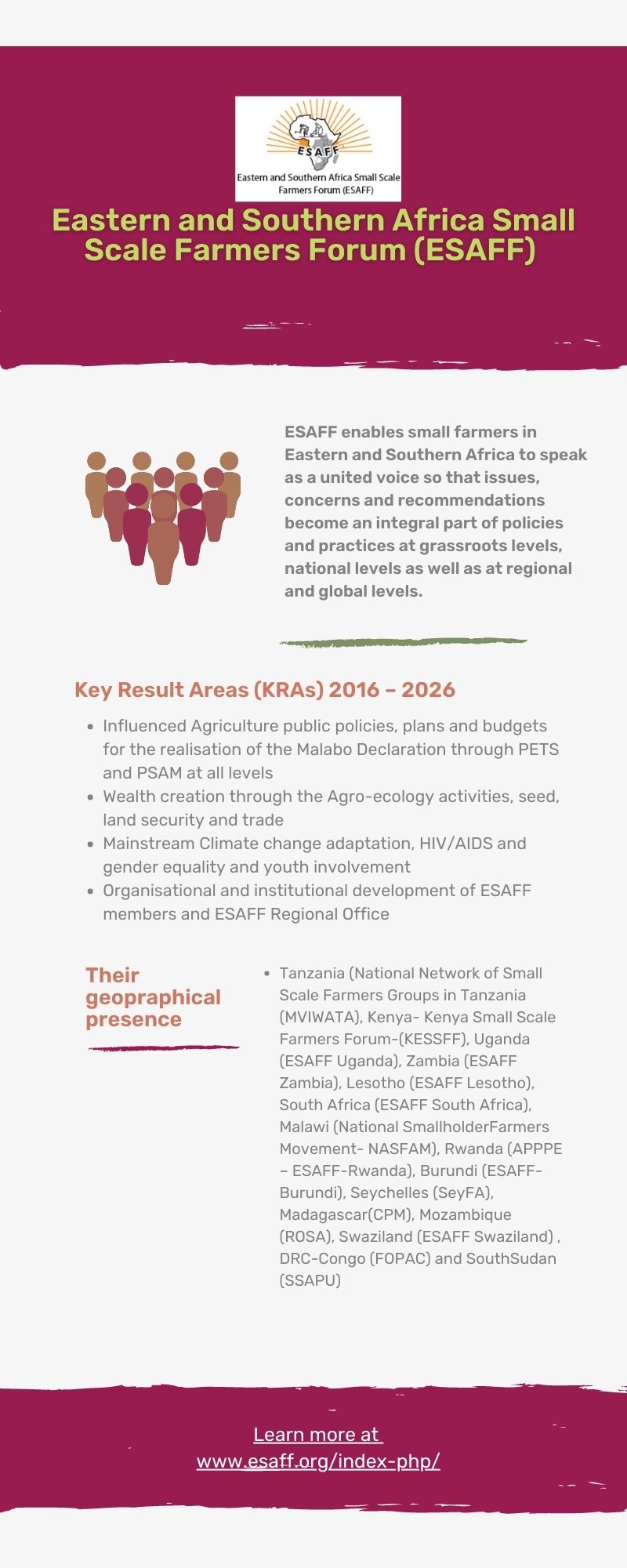By Million Belay
In 2010, MELCA Ethiopia started working with a rural community called Telecho. It is about 12 km from another small town called Holeta and about 40 km from the capital, Addis Ababa. Despite its short distance from the capital city, there was no electricity, road or any of the infrastructural amenities that urban areas enjoy. Telecho has one center with a few bars, a weekly market and a church, but not much to show off in terms of a rural town. The people are mainly farmers growing sorghum and wheat as it is a highland, and the soil suffers from land and forest degradation.
How can one improve/develop the social, economic and ecological life of this community? Well, one approach espoused by the African Union (AU) and the European Union (EU) is a territorial rural development approach.
In March 2019, a task force assigned to advise on AU – EU cooperation in rural development produced a report titled ‘An Africa-Europe Agenda for Rural Transformation.’The report aimed at guiding the implementation of the agricultural side of the Africa-Europe Alliance for Sustainable Investment and Jobs, which guides the direction of cooperation between the two continents. The Alliance was announced in late 2018 and its content emerges from the commitments of the 5th African Union-European Summit held in late 2017.
The report proposes four key strategic areas for action over the long term. These four main strategic areas that shape the EU-African agriculture and rural transformation programme are:a Territorial approach for income and job creation;Sustainable land and natural resource management and climate action;Sustainable transformation of African agriculture; and Development of the African food industry and markets
The territorial approach to rural development originates from the European concept of Territorial Approach to Local Development (TALD) articulated by Leonardo Romeo[1]. He defines TALD as a national policy that promotes endogenous, integrated, multi-scalar and incremental local development. This is designed to give local authorities the autonomy and resources to design their development in collaboration with local actors, including business and CSOs, and integrate with regional and national agendas. They can also raise their own resources. There is scant literature on the success or failure of this approach of decentralizing power to local actors and with resources.
According to the report ‘An Africa-Europe Agenda for Rural Transformation’, the reasons for suggesting the Territorial Approach for Africa are the history of spatial developments in Africa, the changing relationship between urban and rural areas, and the development options available to Africa within the framework of current globalization patterns.
The main purpose of the approach for Africa isincome and job creation,lookingbeyond the agricultural sector tounlock the potential of rural areas and secondary cities,strengthen the capacity of local people, and empower local/regional/national institutions[2].
Although there is a general agreement with this strategy, some cautionary notes are in order.
Africa is a diverse continent, not a single entity, and this diversity exists even within a nation. It is very important, therefore, not to follow a blanket approach. While improving the infrastructure of rural towns and connecting them with bigger urban areas is a fresh approach to the usual focus on big cities, we must be careful not to conflate every socio-cultural value with market value and destroy the diversity of socio-cultural responses to life. The bulk of food consumed transits through territorially embedded markets, and it is imperative that we develop these markets in a gender sensitive way. Territorially embedded markets need infrastructural development and this should be done in a gender and culturally sensitive way. This is because African markets are both goods and services trading places as well as cultural spaces.
The approach emphasizes government funding but also espouses the Public Private Partnership (PPP), which raises the question of power imbalances between rural rights holders and corporate and government duty bearers. To be successful, then, it needs to follow a rights based approach, espoused by FAO, where the rights holders are the driving actors in development and the duty bearers have responsibility in ensuring the participation of people in any development activity.
There is also an emphasis in the report on using digital technology for development. Although there might be certain technological advances that could be useful, there is a concern that, since African governments have no regulation to manage data ownership and usage, information under corporations and western governments is highly insecure and can enhance corporate control in agriculture. The ‘value chain’ approach also needs to be nuanced. The recent recommendation from CSOs states that ‘The notion of ‘value chains’ needs to be defined in the context of multifunctional small-scale family farming system, acknowledging that the ‘value added’ is not only economic and cannot be reduced to a simple linear input-output economic model[3].’
In conclusion, this AU–EU proposal for a territorial approach could be good news for the farmers of Telecho but it can only work if the approach is agroecological, if it is gender sensitive, and if the farmers do participate actively in its design.
[1]https://europa.eu/capacity4dev/public-pub.sector-reform-decentralisation/documents/romeo-nd-decentralizing-development-developmental-potential-local-autonomy-and-limits
[2]https://ec.europa.eu/knowledge4policy/publication/africa-europe-agenda-rural-transformation_en
[3]https://www.cidse.org/wp-content/uploads/2020/03/CSO-contribution-to-AU-EU-agricultural-Action-Agenda-Feb-2020_rev.pdf






